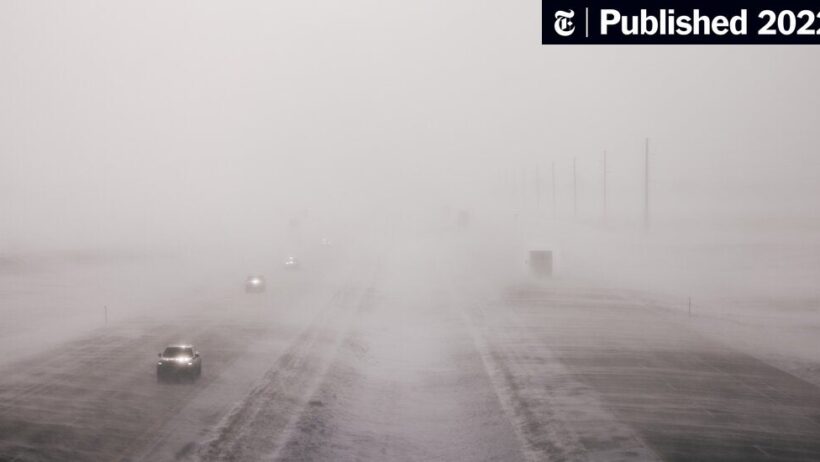The intricate interrelationship between global warming and precipitation patterns—including rain, snow, and the modulation of seasonal changes—has become a central focus of climate science. The increase in atmospheric temperatures is inducing remarkable alterations in weather patterns worldwide, leading to discussions about significant climatic implications. The dynamic shifts in our weather systems underscore an urgent need to comprehend how anthropogenic climate change affects these phenomena.
One of the most observable impacts of global warming is the alteration of precipitation types. Warmer temperatures primarily result in an uptick in moisture capacity within the atmosphere due to enhanced evaporation processes. As the climate continues to warm, it has become evident that regions once characterized by reliable snowfall may instead experience increased rainfall. This transition is not merely anecdotal; significant statistical shifts are being documented throughout various geographical areas.
For instance, the warming climate allows for a greater prevalence of rain during winter months, particularly in mid-latitude regions. This rain is often at the expense of snowfall, which traditionally sustained local ecosystems and contributed to vital water resources during spring melt. Reduced snowfall diminishes the longevity of snowpacks, leading to earlier snowmelt. The implications of this are manifold, impacting everything from agriculture to water supply management.
The type of precipitation is not the only factor affected by global temperature rises; the seasonal calendar itself appears to be undergoing a metamorphosis. The delineation between seasons is becoming increasingly blurred. Spring is arriving prematurely in many regions due to warmer conditions, which significantly affects plant life cycles and migratory patterns of wildlife. This shift can have cascading effects on ecosystems, influencing everything from flora blooming too early and being susceptible to frost to altered breeding cycles in birds and mammals.
Furthermore, warmer winters have also been correlated with heightened incidences of extreme weather events. The atmosphere, laden with excess moisture, can precipitate heavy rainfall and sporadic snow events, sometimes producing treacherous conditions. These weather anomalies are not isolated; rather, they are symptomatic of larger shifts in the climate system. As ice caps recede and glaciers melt, they contribute to rising sea levels, which can exacerbate coastal flooding during heavy rainstorms. The interplay between snowmelt and rain events, particularly in mountainous regions, can lead to catastrophic flooding as water surges downhill.
The complexities extend beyond mere environmental observations. Social and economic ramifications are also becoming apparent. In agricultural sectors, changes in rainfall patterns can disrupt planting and harvesting schedules. Farmers are grappling with unpredictability, growing crops that may no longer suit their historically temperate climates. Food security is increasingly jeopardized as crop yields falter and resources become scarce, leading to potential economic destabilization.
Moreover, urban areas are particularly susceptible to the ramifications of altered precipitation patterns. Urbanization has already complicated natural water drainage systems, and increased rainfall can exacerbate flooding, leading to infrastructural damage and disruption of services. Stormwater management systems, inadequately designed for changing precipitation types, face mounting pressure to adapt or face catastrophic failures.
In subtropical and tropical regions, a paradox is emerging. Although global warming tends to reduce rainfall in certain areas, others experience intensified storms and heavy rains, resulting in flooding. Increased extremes in weather patterns further complicate humanitarian efforts, leaving vulnerable populations exposed to the impacts of both drought and deluge.
Additionally, as we examine the broader behavioral aspects of climate change, it becomes evident that these shifts are not uniform. The geopolitical landscape is affected as nations grapple with the realities of climate-induced migration. Agricultural dependency varies across different countries, with some being more resilient than others. Climate refugees may begin to emerge, seeking more favorable climates as traditional farming regions become less viable.
On the ecological front, shifts in precipitation patterns can decimate habitats, forcing wildlife to relocate or adapt to new conditions. For example, cold-water fish species may find themselves challenged as stream temperatures rise, altering the aquatic ecosystems that depend on consistent, cold water inputs from snowmelt. The sentence of evolution becomes especially pertinent during such rapid climatic changes, where species’ survival hinges on their adaptability to altered weather patterns.
Efforts to mitigate these impacts must grasp the complexity of the interactions between global warming and precipitation dynamics. Research into climate models, ecosystem resilience, and agricultural adaptations is paramount. As scientists unveil deeper insights into these interconnected systems, communities can enhance preparedness and develop adaptive strategies to confront the imminent challenges posed by a changing climate.
In conclusion, global warming is profoundly affecting our weather patterns, redefining the very essence of rainfall, snowfall, and seasonal transitions. The resulting changes present an intricate web of challenges that demand comprehensive understanding and action. As humanity faces these trials, concerted efforts in research, policy-making, and public awareness will be instrumental in navigating the repercussions of climate change, preserving both natural ecosystems and human livelihoods.








